Are you interested in trying out different blends of wine that aren’t easy to find in your local liquor store? WSJ Wine Club might be a good place to begin.
The WSJ Wine Club is a subscription service that focuses on sourcing different wine bottles from around the world. They ship out cases of twelve bottles per shipment and offer a variety of wines from different grapes.
As a wine lover myself, I wanted to give the WSJ Wine Club a try and see how it compared to other subscription services.
In this review, we’ll take a closer look at my WSJ Wine Club experience, and show you what to expect when you order from them. Plus, we’ll review a few different wines that they offer, to see if they’re any good.
WSJ Wine Club overview
| Name | WSJ Wine Club |
| How it Works | Cases of twelve wine bottles shipped out on a quarterly basis |
| Minimum Orders | Twelve bottles |
| Rating | 4 (out of 5) |
| Price | Check on WSJ Wine Club |
Contents
- How the WSJ Wine Club works
- Delivery experience
- WSJ wine reviews
- WSJ wine club vs. other wine subscriptions
- The verdict: should you join the WSJ Wine Club?
How the WSJ Wine Club works
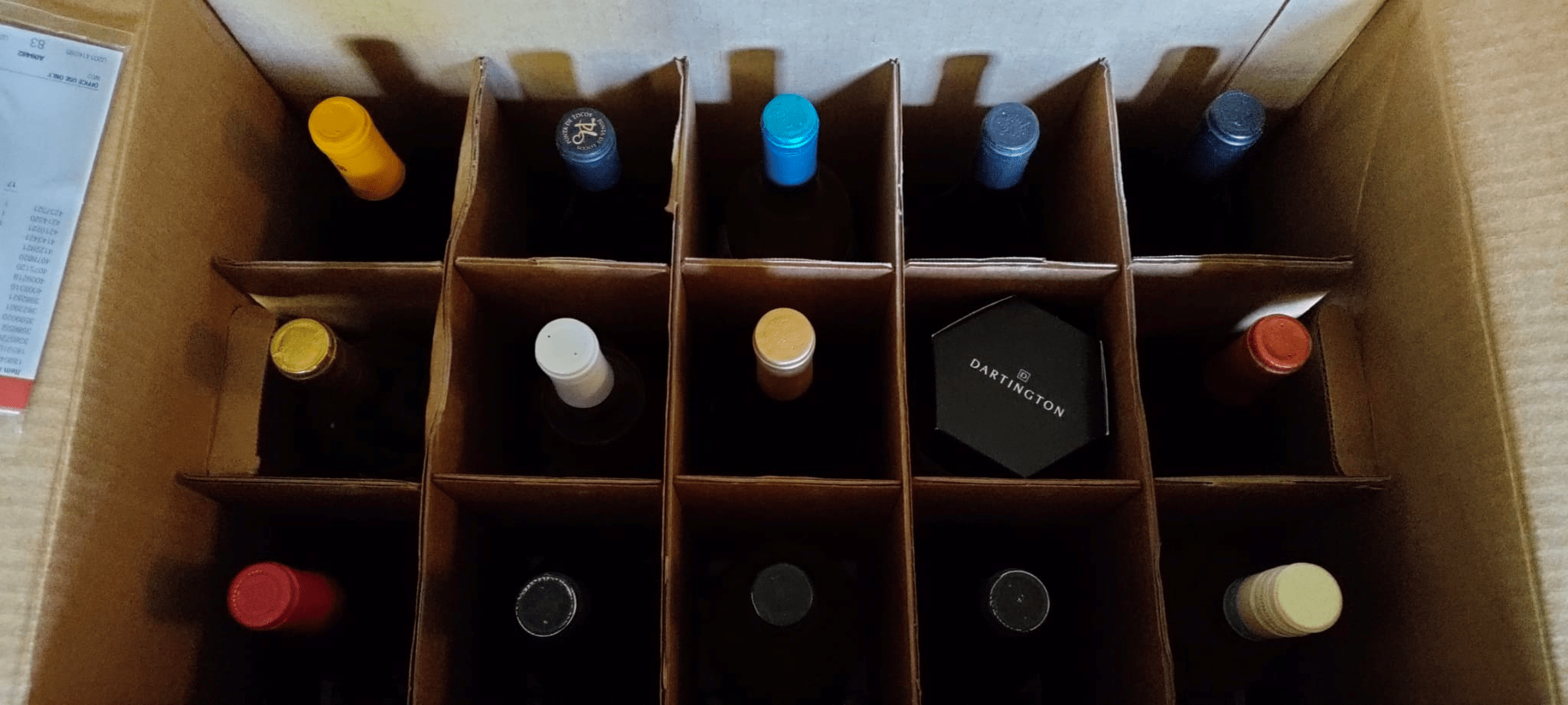
As the name suggests, WSJ Wine Club is an affiliate of the famous Wall Street Journal. The club launched back in 2008, and focuses exclusively on bulk shipments of premium wine.
Let’s take a closer look at how WSJ Wine Club works.
Memberships
When signing up for the first time in WSJ Wine Club, you can take advantage of their introductory offer. You don’t need to plug in a code or anything; the discount gets applied at checkout.
With the offer, your bottles work out to roughly $5 each for the first shipment. Just remember that following this first order, the price goes up to at least twice that, depending on which membership you choose.
There are two memberships at WSJ Wine Club: the Discovery Wine Club, which includes twelve bottles of international wine, and the Premier Wine Club, which offers twelve high-end wines.
Both memberships are quite similar. The real difference lies in the quality of the wine. If it’s aged blends you’re after, you’ll get better picks with the Premier Wine Club.
If I’m being honest, the only real difference between the two clubs is the price, and the Premier Club is about $100 more than the Discovery Club. So, I wouldn’t say the Premier Club is actually worth it.
Shipment frequency
Regardless of which membership you choose, you’re locked into quarterly shipments. Considering the fact that each shipment includes an entire case of wine, this is actually about right. But, if you’re not a big wine drinker, even the quarterly shipments might be a bit too frequent.
If this is the case, skipping a shipment is very easy. Just log into your account and opt to skip or cancel on the settings page. If you go down the cancellation route, the club usually tries to convince you to stay by offering you a second round of discounted wine, or by giving you extra freebies in your next shipment.
Also, it’s important to note that the club gives members an extra shipment in the holidays, and another additional one during the summer. You’ll be billed for these, of course, in addition to your usual quarterly subscription. If you don’t want them, remember to opt out, in your account settings.
Wines you’ll receive
Although the WSJ Wine Club doesn’t have an introductory quiz for figuring out your drinking preferences, you can rate the bottles you receive. If you rate something poorly, the club won’t ship those bottles in the future.
However, the bottles they choose to replace it with are still chosen at random. So, even though you won’t receive blends you’ve explicitly said you dislike, that doesn’t mean the replacement will always be a better bottle.
What else is included
Besides the 12 bottles, your membership also includes several complimentary wine gifts. My first order included two stemless wine glasses, as well as two additional bottles. The bottles were repeats of one of the twelve initial wines, but it was still nice to get some freebies.
You also receive extensive tasting notes and wine information. Each bottle comes with a full sheet of information the grape, winery, winemaker, tasting notes, and food pairings. You also get a booklet of information about the wine club in general.
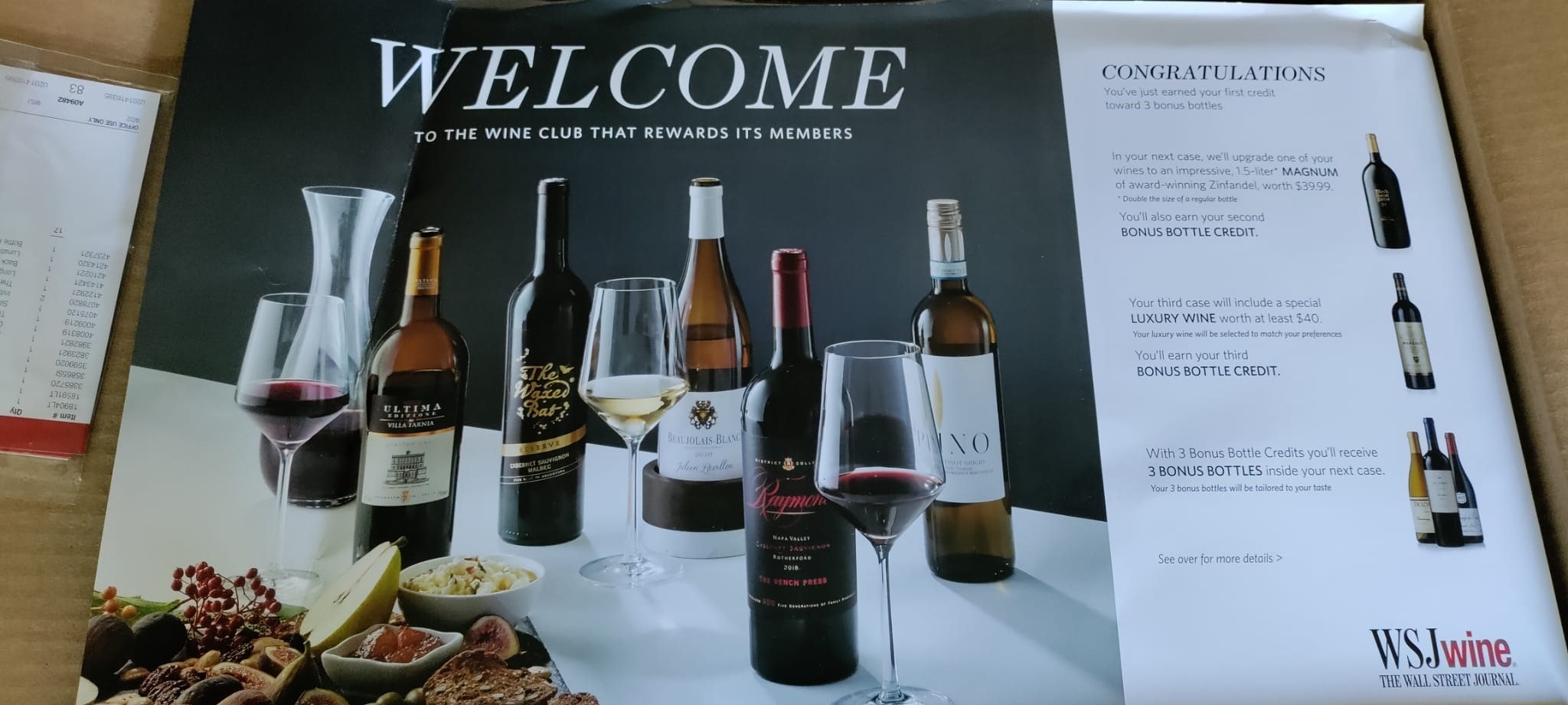
Ordering
The WSJ Wine Club’s ordering page looks a bit spammy, but once you’re through to the checkout, it’s easy to use.
To place an order, just select the store link on the upper left toolbar of the page. The website will ask you to choose between an all-reds, all-whites, or mixed order. I went for the mixed order so that I could get a feel for a variety of different blends.
Unlike Firstleaf or Winc, WSJ Wine Club doesn’t let you choose the bottles in your order. The most control you’ll get is choosing red vs white vs mixed. Otherwise, it’s up to the wine club to pick what they send you.
When you’ve made your selection, you’ll be taken to the checkout. There, the introductory offer gets automatically applied if it’s your first order. Just note that you’ll have to enter a valid email address to take advantage of it.
If the email address you put in has been previously registered on the site, you’ll be billed at the regular retail price for the subscription.
Wine sourcing
WSJ Wine Club doesn’t have exclusive partnerships with wineries, but they still make the effort to source premium wines. This lack of direct relationships can be a good thing, because it means WSJ aren’t just choosing wines based on what deals they can score.
Instead, the WSJ Wine Club focuses on sourcing bottles from some of the most well-known wine-making regions. They also partner up with award-winning wineries, so you’re generally getting pretty high-end bottles.
A few of the places they’ve sourced wine from include:
- Forbes Creek in California – Pinot Noir and Cabernet Sauvignon
- Cantine Due Palme by Angelo Maci – Winery of the Year Award
- Aluado in Portugal – Alicante Bouschet
- Raymond in Napa – Cabernet Sauvignon and other limited-edition bottles
My subscription included a good variety of wines, including bottles from Argentina, Australia, New Zealand, and California. As someone who prefers international wines, the variety was a big plus for me.
Delivery experience
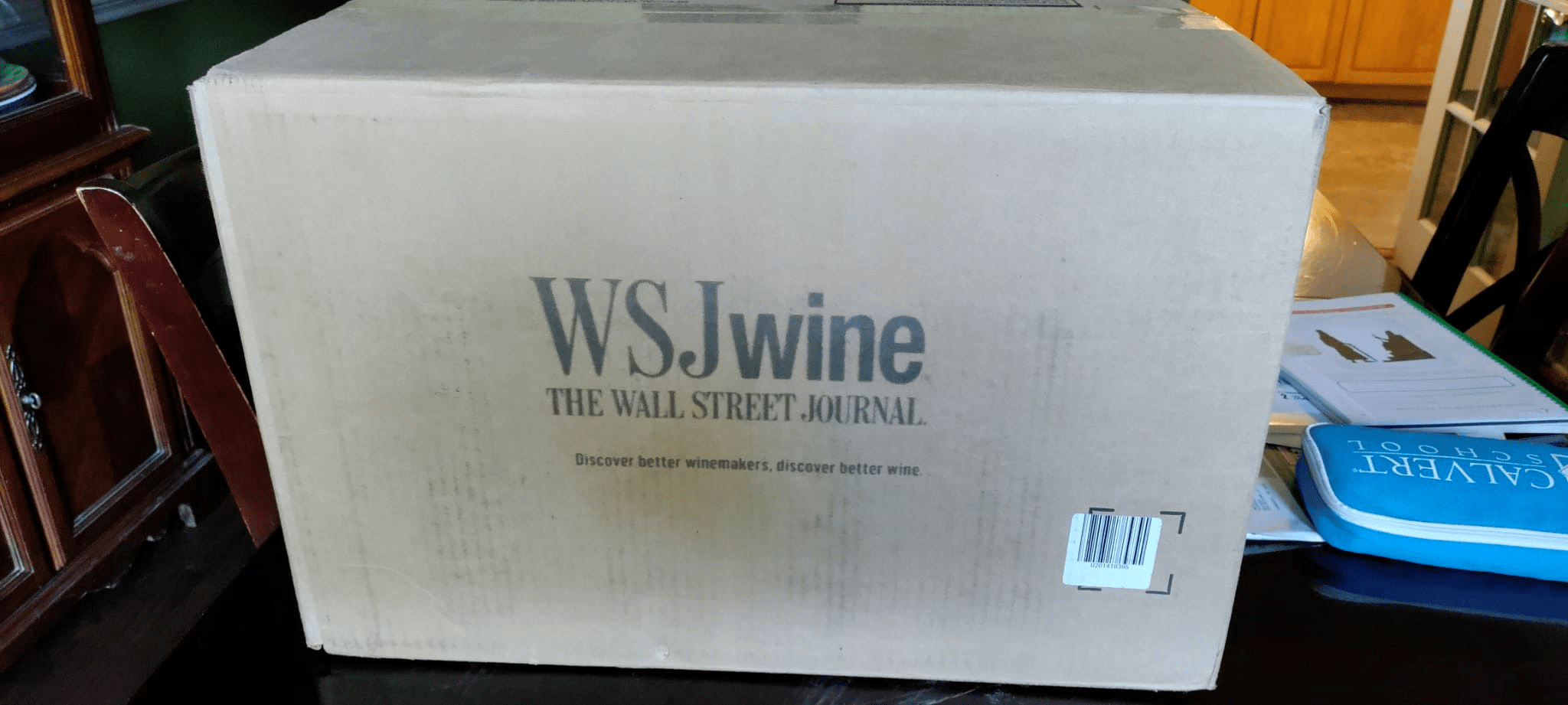
After ordering, it takes a few days for you to receive your shipment, normally around five to ten days. Mine arrived in six days, so it was on the shorter end of the spectrum.
Although your introductory offer includes free shipping, you’ll still have to pay sales tax. Plus, all shipments after that have a charge for shipping.
WSJ Wine Club, like other clubs, uses FedEx as its courier service. FedEx called me the day before my delivery to confirm that I’d be in the house. If I wasn’t or there wasn’t another adult over 21 available to receive the package, they informed me that I’d have been able to change the delivery date, so it was a good experience overall.
My WSJ Wine Club delivery included twelve bottles of wine plus two bonus bottles, two stemless wine glasses, tasting notes for each blend, information on the wineries, and a brochure about the club.
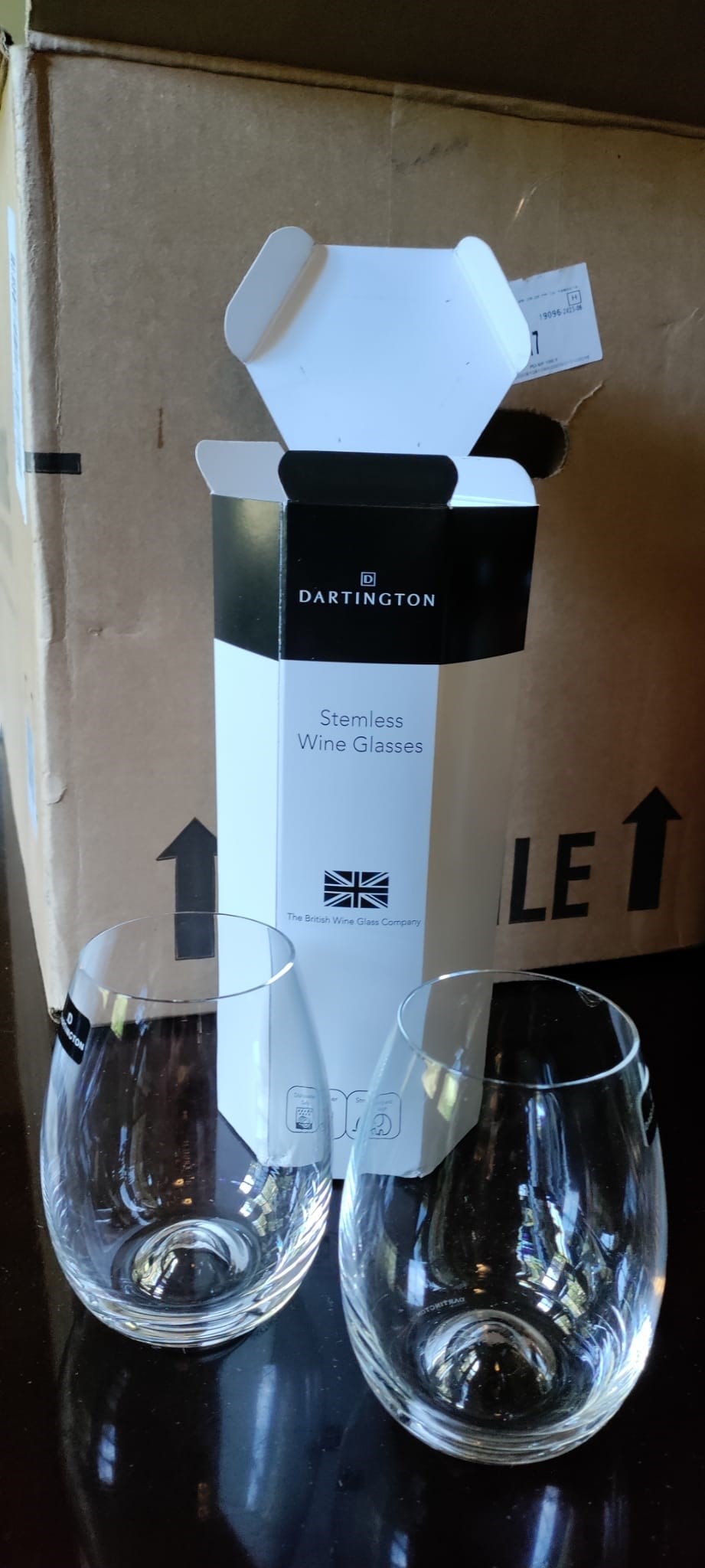
WSJ wine reviews
Now that you have an overview of the ordering and shipment process, let’s get into the wine bottles.
When you order with WSJ Wine Club, you don’t get to see what’s included in your initial introductory offer – it’s up to the club to choose the bottles they want to ship out. I received fourteen bottles with my introductory order, and I reviewed each of them below.
1. Black Saint Peter, Zinfandel
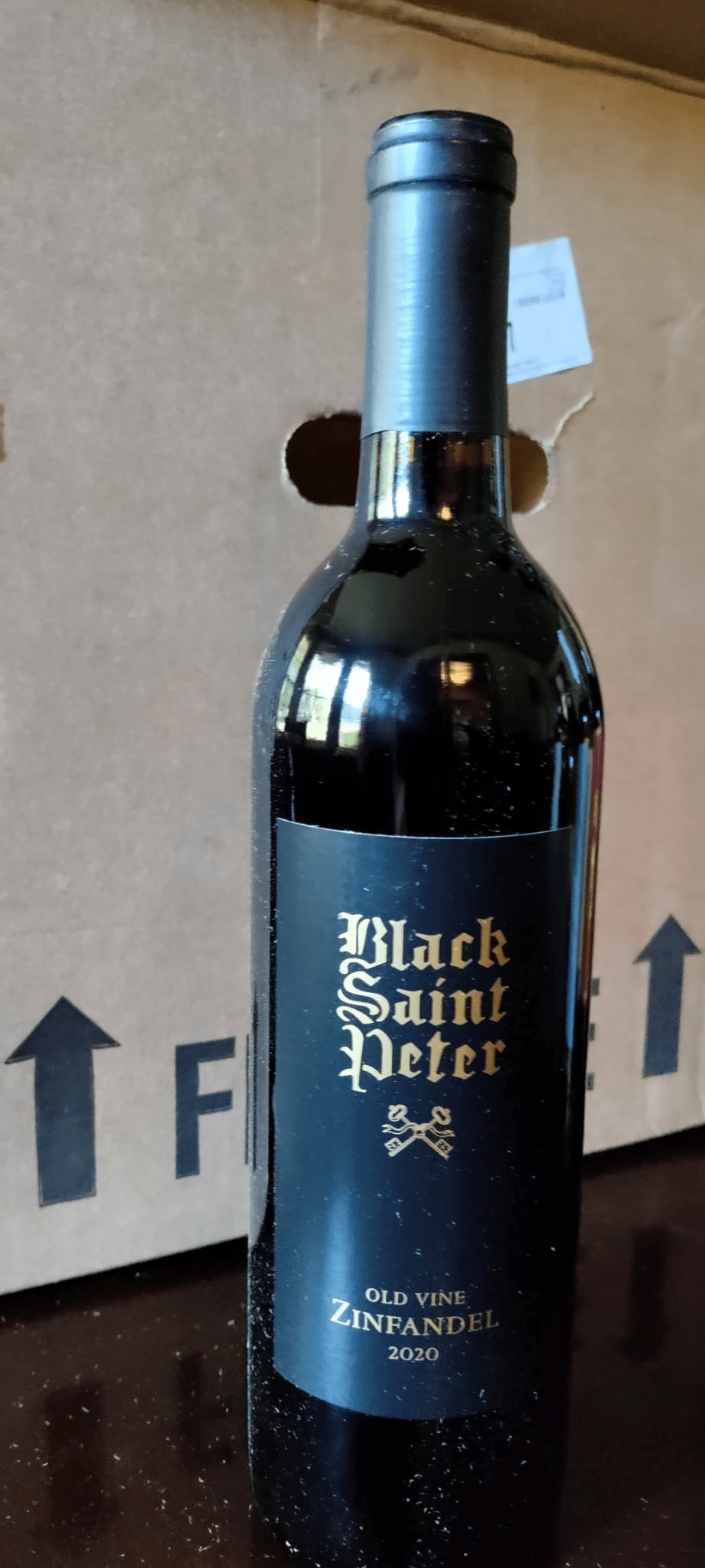
Black Saint Peter Zinfandel is a vintage red wine from Lodi, California. It has intense fruity flavors with balanced acidity, tannins, and sweetness.
Black cherry and raspberry were the dominant flavors. However, despite those darker notes, this wine is still quite fruity and smooth. Other tastes you might pick up on are pepper and potpourri.
Pair this wine with lamb and slow-roasted tomatoes. It’s also a good option to have with poultry.
2. Bottle Poetry, Pinot Noir
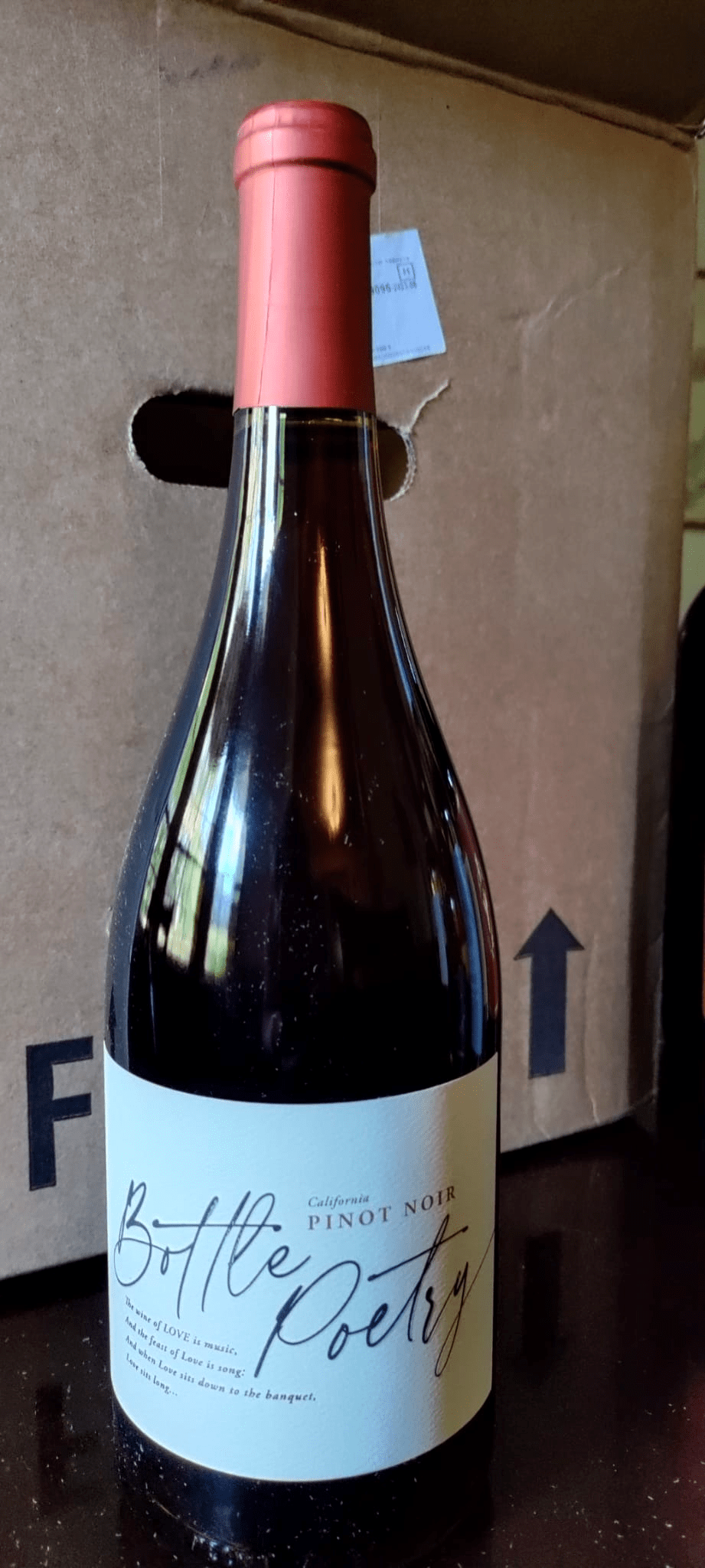
Bottle Poetry’s Pinot Noir also comes from California, and its smooth, velvety taste is perfect for beginner drinkers. I recommend this if you don’t particularly enjoy an intense red wine taste.
This bottle is less acidic/tannic, and tastes more berrylike than your typical Pinot Noir. The tasting notes are raspberry and violet, although you might pick up on some savory notes in the background as well.
This wine pairs well with glazed salmon or meaty fish. It also goes well with turkey and slow-roasted pork, so it could be a good pick for Thanksgiving dinner.
3. Long Bay, Sauvignon Blanc
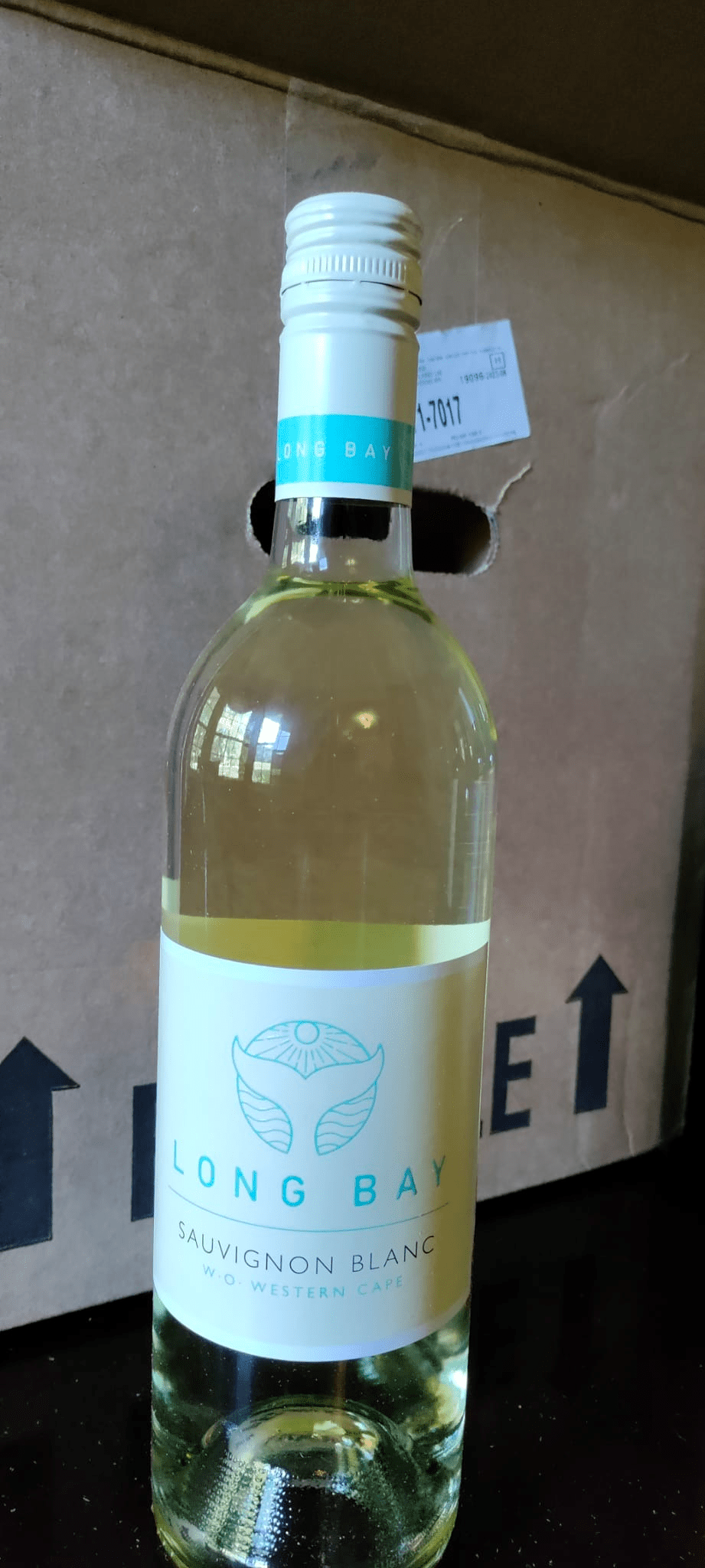
Long Bay’s Sauvignon Blanc from the Western Cape of South Africa has a very clean and pure taste. I love wine from South Africa, so was quite excited to see this in the shipment.
This Sauvignon Blanc has citrusy flavors. It’s a great wine when you’re vacationing in a tropical country. I can also say that this bottle tastes refreshing and is not aggressive at all.
According to the catalog, Long Bay is made of grapes sourced from cooled vineyards in premium coastal areas. You will taste kiwi, gooseberry, and a whole new blend of citrusy yet crisp flavor profiles.
I recommend pairing this wine bottle with your favorite seafood or chicken dishes. Again, the flavor is not overpowering, so it won’t affect the overall taste of your food.
4. The Vale, Shiraz
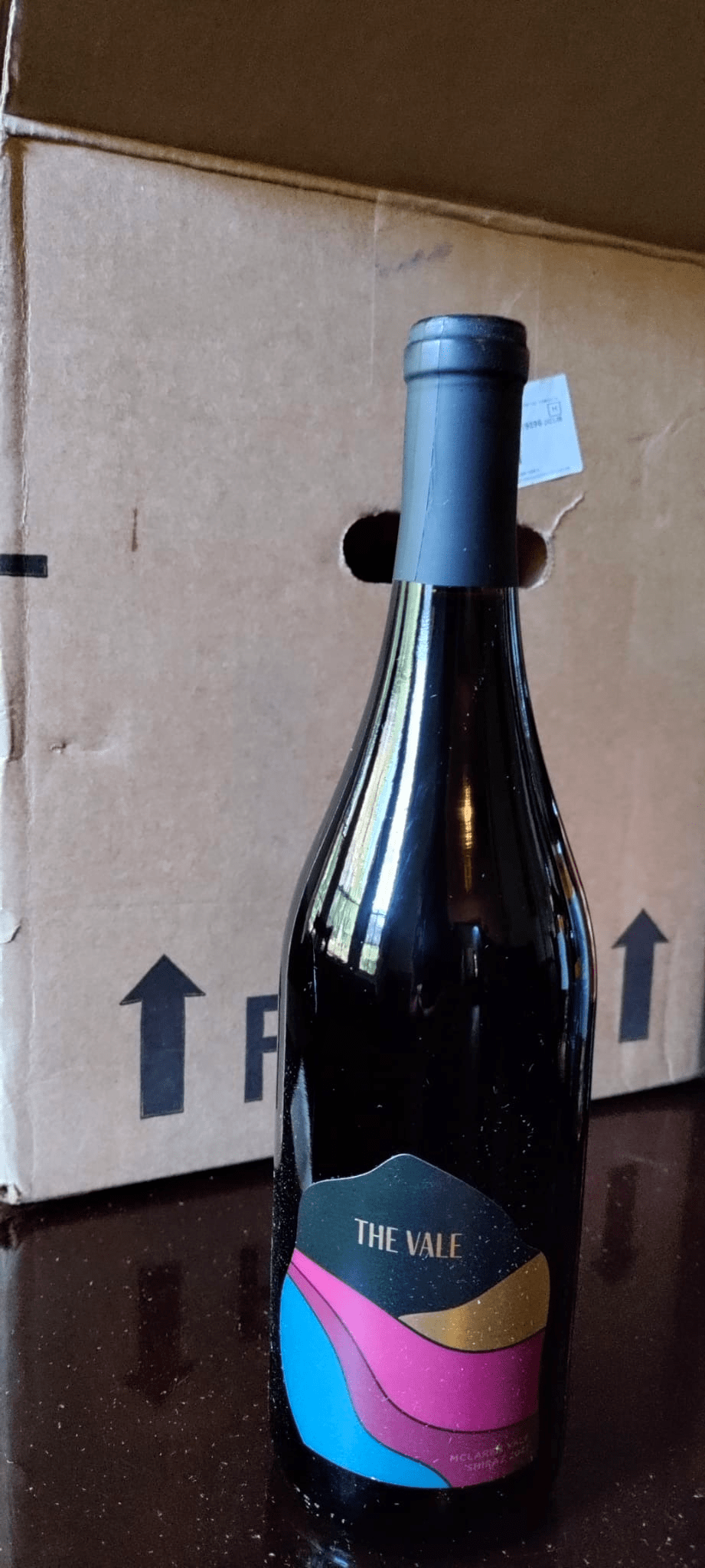
The Vale’s Shiraz is one of the boldest wines I received in my shipment. This bottle has balanced sweetness and acidity, but bold blackberry and black fruit notes.
As you’d expect, this wine comes from Australia, a region famous for producing Shiraz. The blend had strong notes of plum, pepper, and oak, and was very dry.
In terms of pairings, this wine goes well with dark meat such as beef or lamb.
5. Green Darner, Riesling
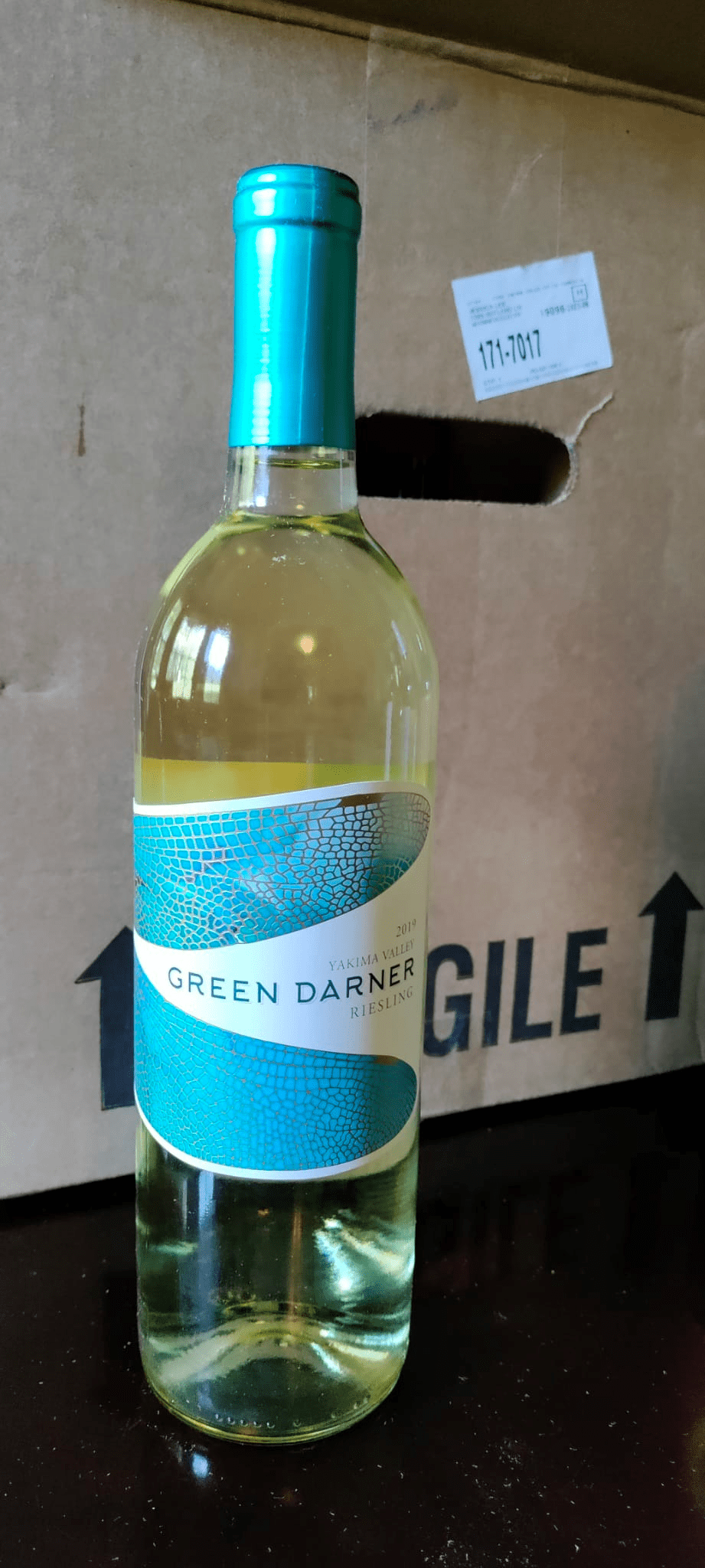
Green Darner’s Riesling is similar to the Long Bay Sauvignon Blanc I received in that it has tropical and citrusy flavors. What sets this apart is its distinct sweet honey taste to complement and balance the citrus notes from lime and lemon.
Other fruity notes you might taste include green apple, kiwi, and unripe mango. It’s not too dry, and is mildly sweet.
This white wine goes well with spicy dishes and seafood.
6. Brasero, Malbec
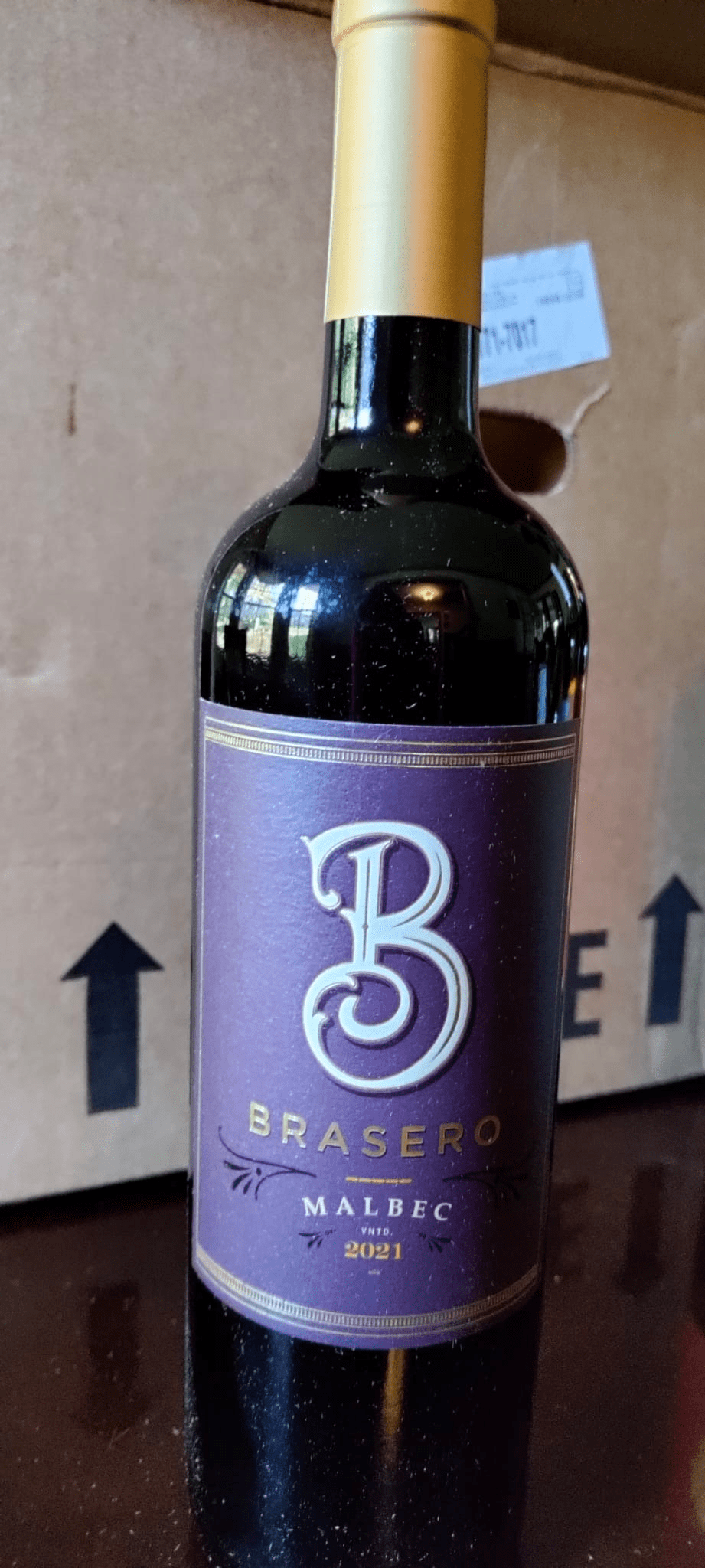
Brasero’s Malbec is a red wine with medium-bodied and dry flavors. It hails from San Juan, Argentina, a region that’s well known for producing Malbec wines.
This wine has dark fruit and spicy flavors, and a low sweetness. Compared to other Merlots, I think Brasero has mellower tannins and a bolder taste.
This wine pairs well with beef and lamb dishes.
7. Portinho do Covo, Branco
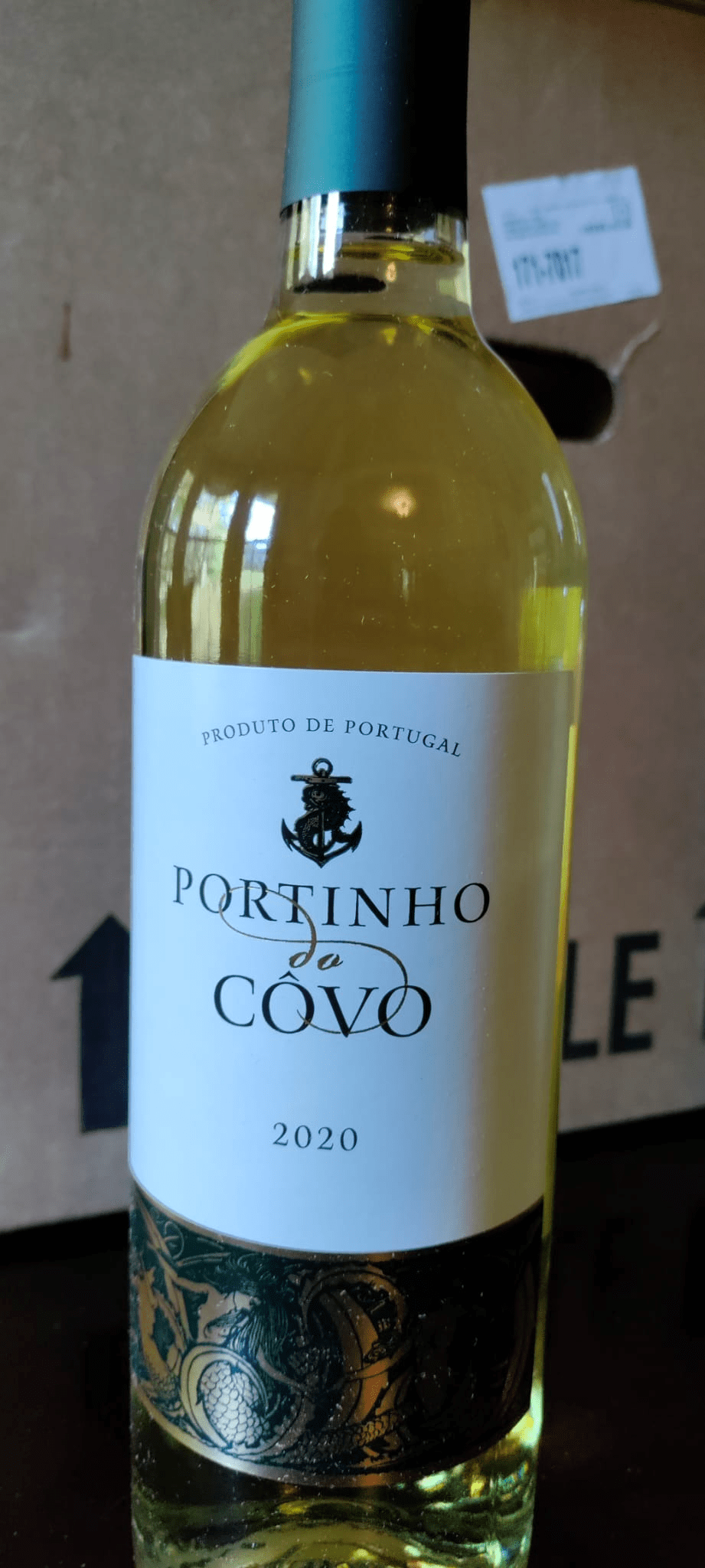
This white wine comes from the Penninsula de Sentúbal in Portugal. With this wine, I could definitely taste earthy notes of beeswax and honey, but it wasn’t too sweet.
This Vinho Branco also has quite a fruity flavor profile. You’ll notice peach, apple, pear, and citrus in the wine.
Vinho Branco is a simple wine that pairs well with pasta and meat dishes.
8. Punta de Locos, Sauvignon Blanc
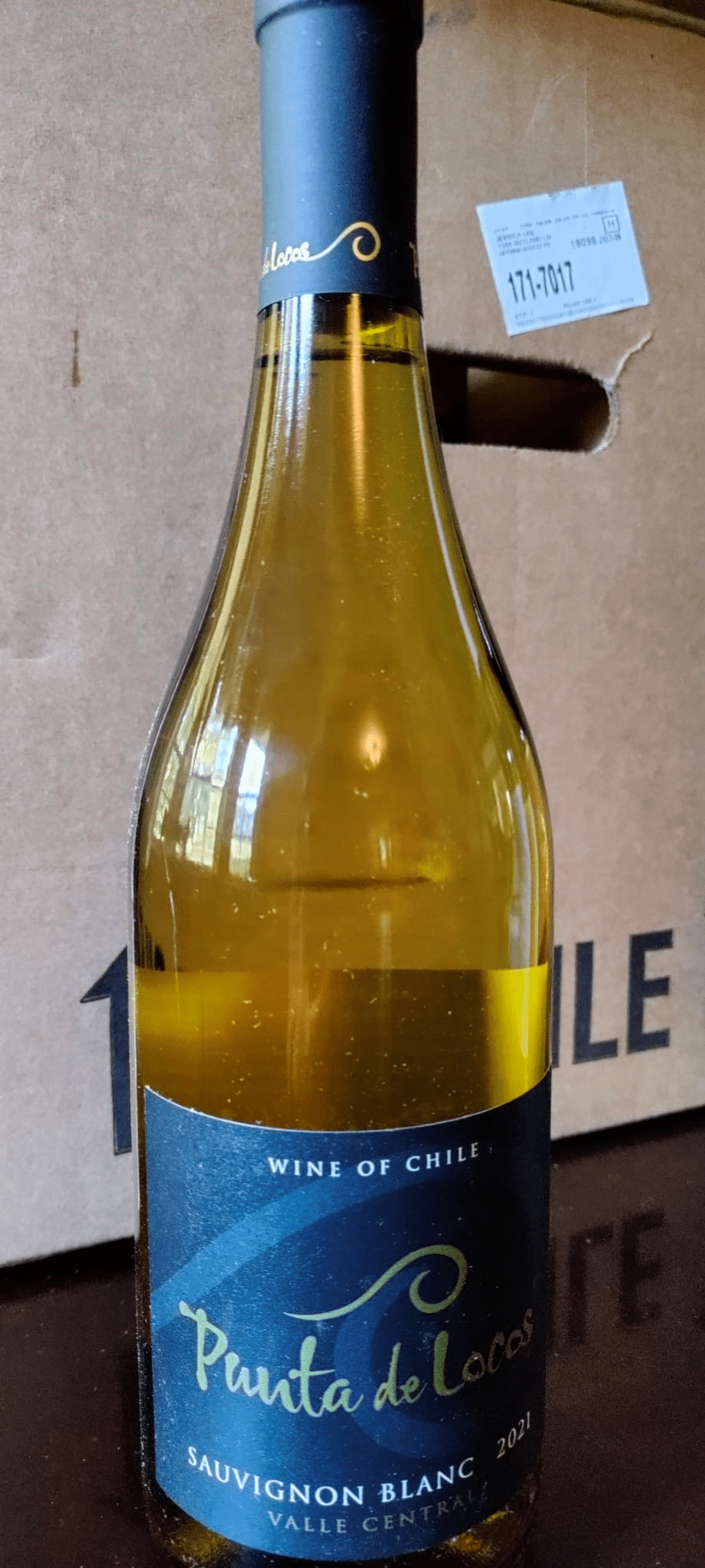
A little too acidic to my liking is Punta de Locos’s Sauvignon Blanc. This is another wine that comes from Chile’s Central Valley.
It’s a white wine with a blend of citrus, tree fruit, and tropical notes. The wine is low in sugar content, so it’s a nice pick if you’re concerned about calories.
If you’re looking to pair it with a meal, this wine goes well with shellfish and goat cheese.
9. Silver Sandhill, Sauvignon Blanc
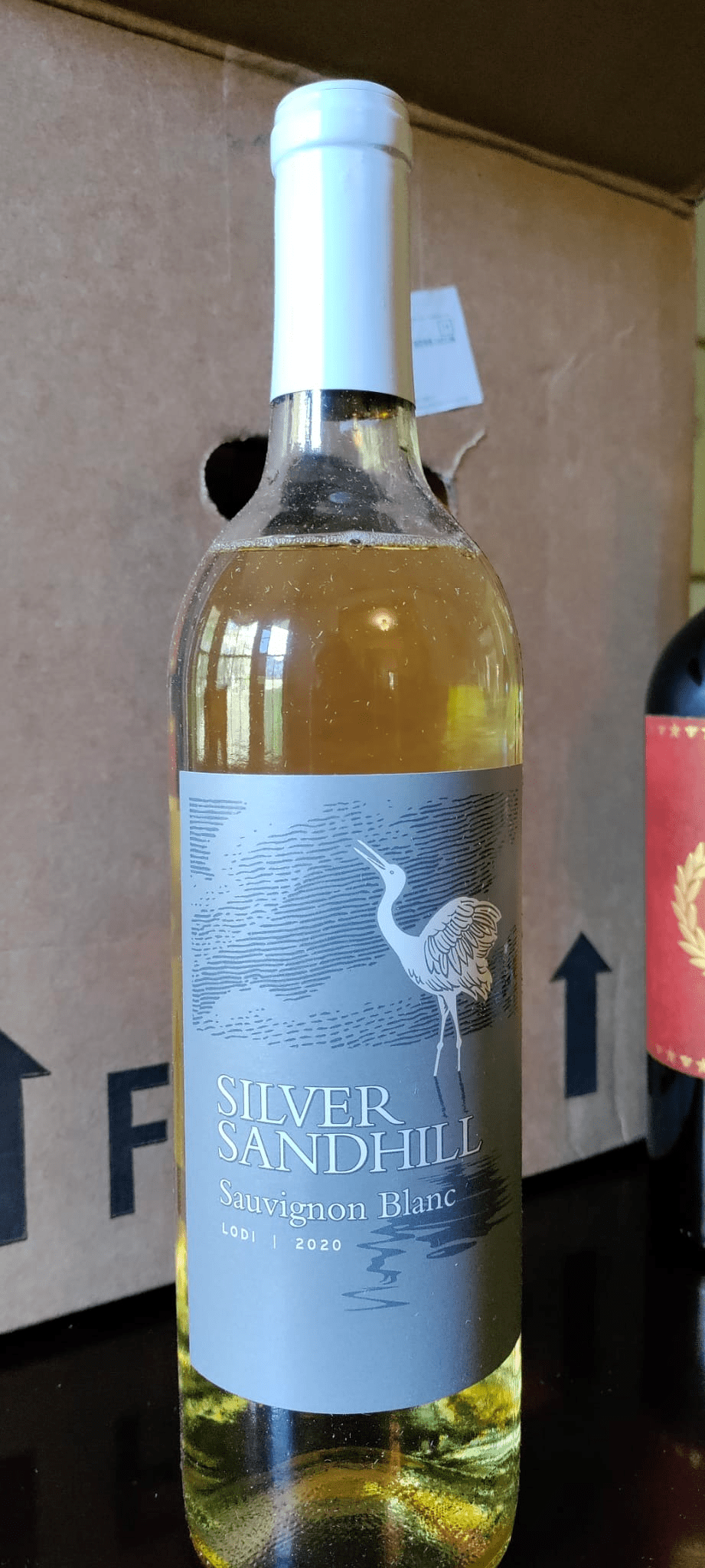
Silver Sandhill’s Sauvignon Blanc is another white wine with a fruity taste and flavor profile. It’s similar to Pinot Grigio, except it’s more full-bodied and dry.
The wine is from Lodi, California, and is a 2020 vintage that earned bronze and silver in the San Francisco International Wine Competition in 2021 and 2020 respectively.
This wine pairs well with greens and salads. It’s a light wine, and would be great on a hot day.
10. Lunatic Fringe, Merlot
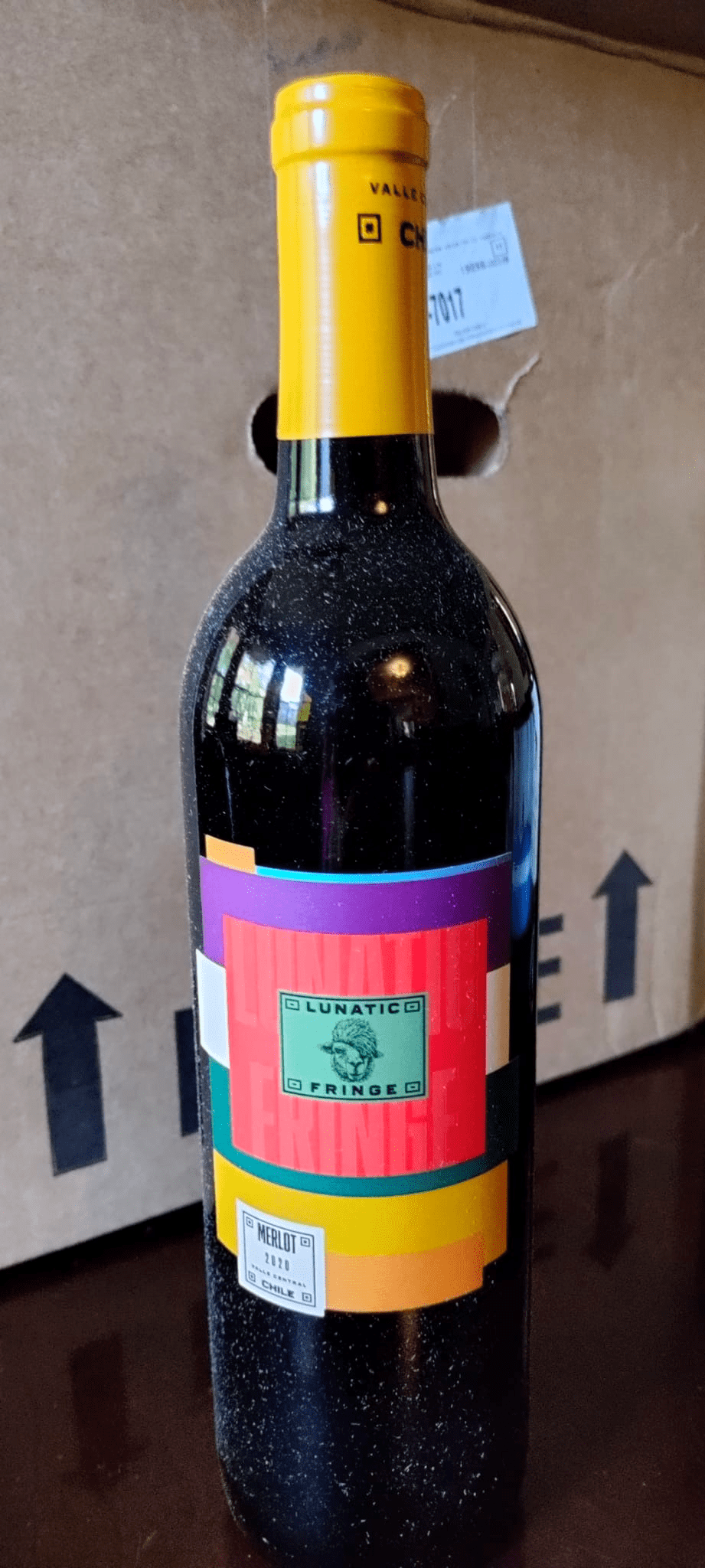
Lunatic Fringe Merlot is a red wine from Chile’s Central Valley, or Valle Central. It has a unique flavor you won’t find in most bottles – notes of dried and red fruit and spices with bold, earthy flavors.
Despite the brighter flavors, the wine wasn’t overpowering – it tasted light and smooth. Considering the fact that this wine is made by one of Chile’s top winemakers, Felipe Val, that’s not too surprising.
This Merlot is a certified organic blend, and pairs well with beef and venison. It’s a great pick if you enjoy eating wild game.
11. Back Garden, Albarino
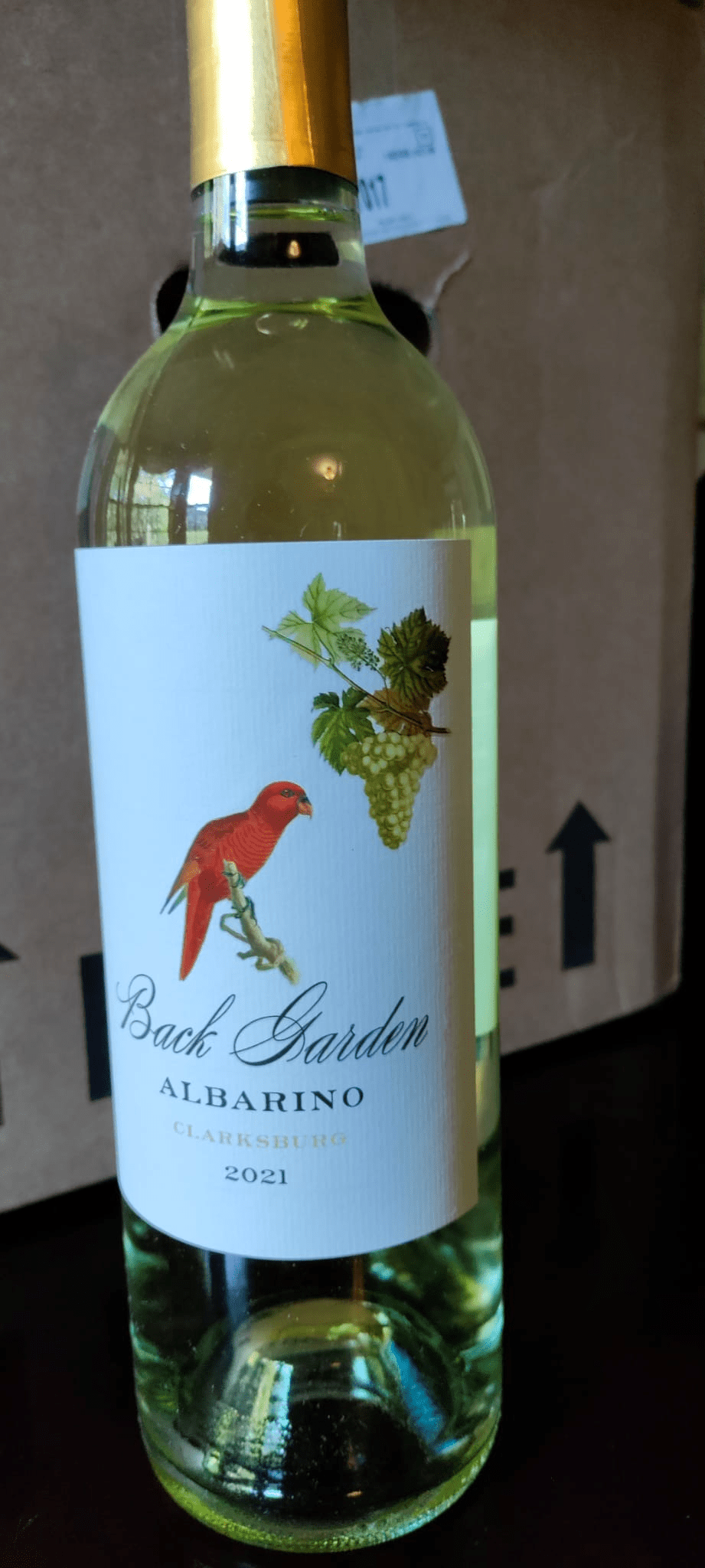
Despite the exotic name, Back Garden’s Albarino is a white wine from Clarksburg, California with less intense flavors and aroma. Back Garden’s Albarino has an acidic taste because of the citrusy notes from the lemon.
The wine is tropical and balanced, with subtle notes of oak and passionfruit mixed in. You’ll also pick up on nectarine and peach flavors.
This Albarino is a great pick for hearty autumn meals, as it pairs well with squash and root veggies.
12. VNTD Tri-Tip, Red Wine
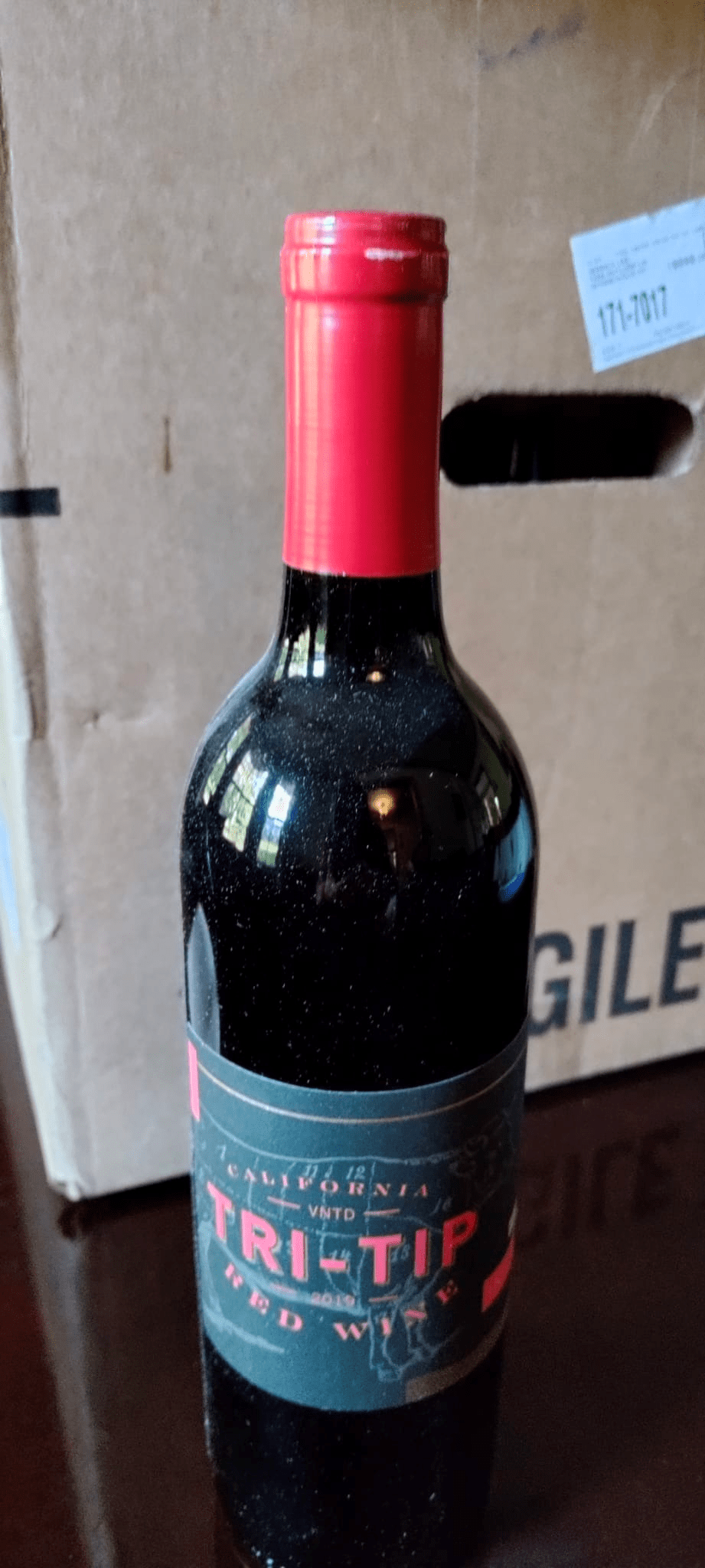
I think it’s safe to say this is the boldest bottle in the introductory shipment. This blend hails from California, and was the winner of the San Francisco International Wine Competition.
The flavors of this red blend are packed and full-bodied. While it’s on the acidic side, the black fruit notes and hints of cherry, strawberry, and raspberry help balance them out. I also picked up on chocolate and vanilla tastes on the back of the tongue.
This wine pairs well with steak, and is also a nice pick for cooking.
13. Blue Chip Cellars, Cabernet Sauvignon Initial
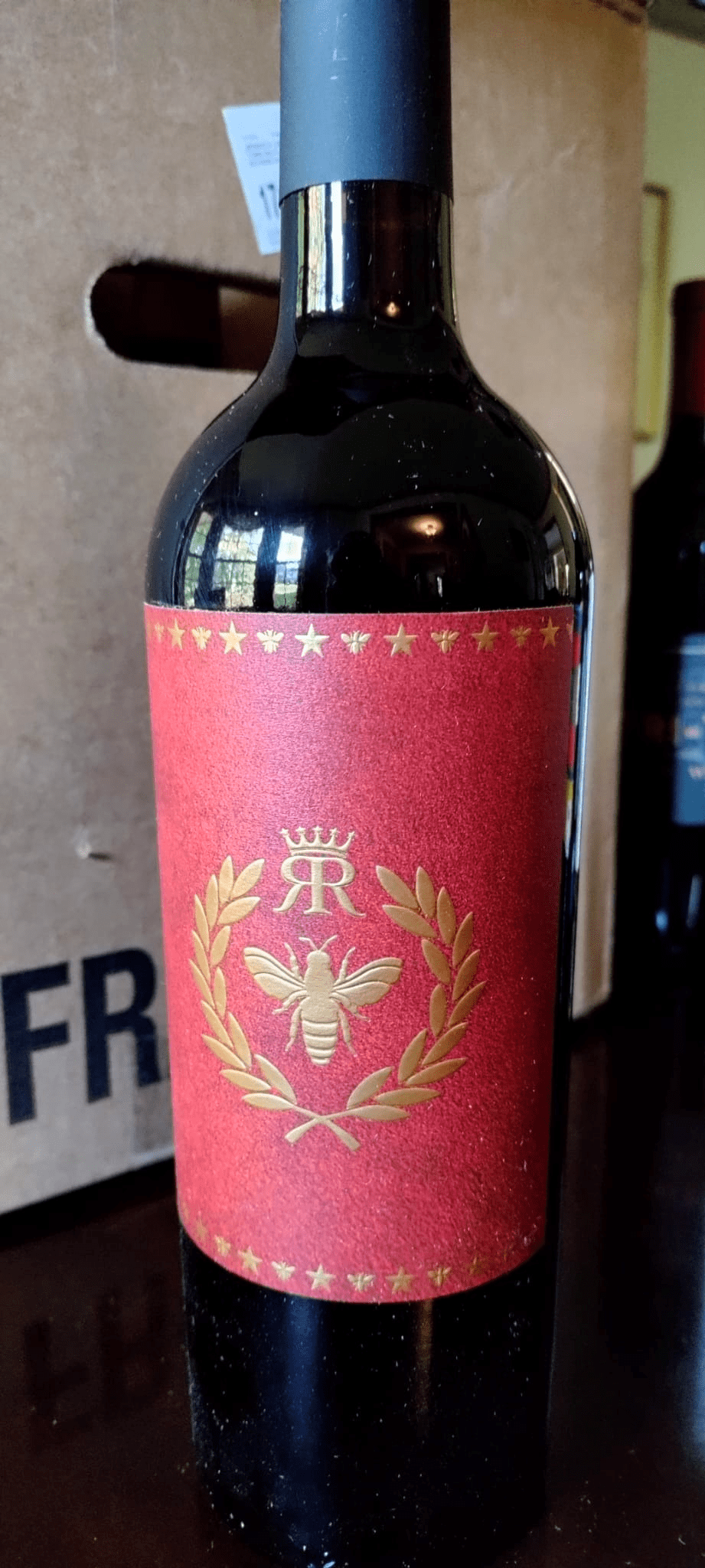
I actually received two bottles of Blue Chip Cellars – the extra was one of the subscription’s freebies. This is a 2019 vintage wine with bold, intense flavors.
The wine has a lot of tannins and is quite dry. However, it’s fairly balanced in terms of acidity. The wine doesn’t leave a thick aftertaste, and has notes of black currant and chocolate.
You can pair this red wine with poultry, lamb, or beef dishes. Because it’s quite a versatile wine, you’ve got a lot of options in terms of what to drink it with. You might laugh, but I actually paired this with a hamburger!
WSJ wine club vs. other wine subscriptions
Unlike other wine clubs such as Plonk or Firstleaf, the WSJ Wine Club doesn’t offer an introductory quiz. So, the wines you receive are up to the mercy of whatever the club decides to send you.
But honestly, I don’t think this is necessarily a disadvantage. Wines from WSJ are award-winning blends that generally taste as good as they claim. Plus, this wine club sources its bottles from high-end wine-making regions, so despite the lack of personalization, you still get good quality blends.
In fact, the wine quality is where WSJ Wine Club really shines. Many subscriptions send out little-known blends, or bottles that are from up-and-coming wineries that can be hit or miss. On the other hand, WSJ Wine Club only sources from tried-and-true wineries.
What I do think makes some other wine club subscriptions superior is the better shipping frequency options. With WSJ, shipping occurs every three months. You cannot choose to have your wines shipped monthly or bi-monthly.
Also, other wine clubs like Firstleaf and Winc allow you to choose the number of bottles per shipment. With WSJ, you’re always limited to 12 bottles of wine at a time.
The Verdict: Should You Join the WSJ Wine Club?
| Pros | Cons |
|---|---|
| Fast delivery and easy ordering process. | No option to change the shipment frequency or bottle number. |
| Great quality wines sourced from famous worldwide wine-making regions. | Not personalized. |
| Budget-friendly introductory offer. | Additional shipping fee on top of the subscription price. |
| Easy to cancel or skip a shipment. | It’s expensive after your introductory offer. |
| The club often throws in freebies such as bottle openers and wine glasses. | |
| Lots of additional wine information included. |
WSJ Wine Club sources premium quality wines from renowned wineries around the world. The subscription includes a number of domestic and international wines, so you get a good variety of blends.
Although the website looks a bit dated, the ordering process is actually straightforward and easy to use. Plus, the shipping turnaround time is generally pretty fast.
So, is WSJ Wine Club for you? If you want quality wines and get through a lot of bottles, this subscription is worth looking into.
Overall, I would give WSJ Wine Club a 4 out of 5. Although the subscription isn’t personalized, you get some great bottles and extra wine freebies that sweeten the deal. However, it would be better if you could choose whether you wanted bottles delivered monthly or bi-monthly.
About the author

My name’s Jessica, and I’m a full-time writer and part-time wine lover. I love being able to share expertise through the power of words.
I’m a self-proclaimed wine expert who’s been a patron and member of multiple vineyards. As someone who’s lived in the California Napa Valley and studied wine formally at the university level, I’ve gained a good chunk of knowledge on wine, its origins, and the current market.
I particularly like a good burgundy, but failing that, dry white wine is my go-to. Today you’ll find me sharing my wine expertise with the world. I may or may not have a glass of wine by my desk as I do it.
